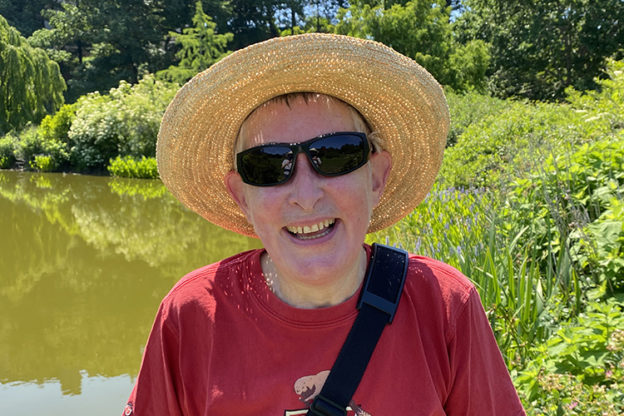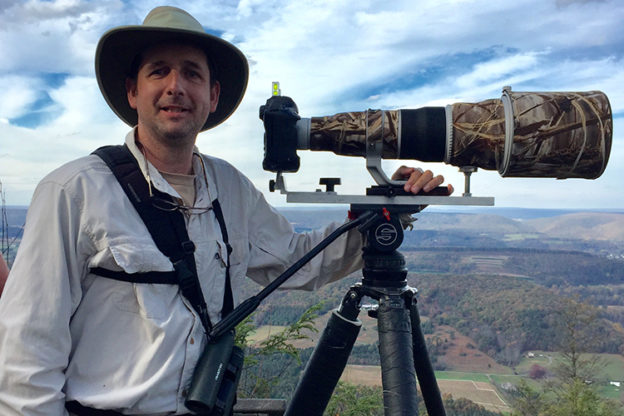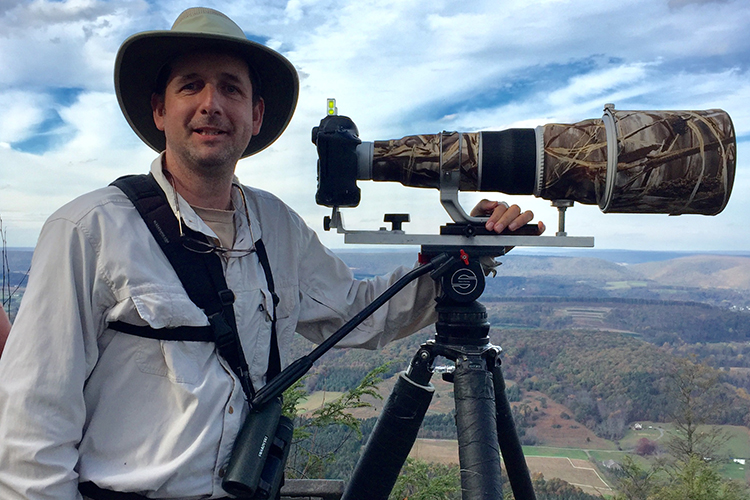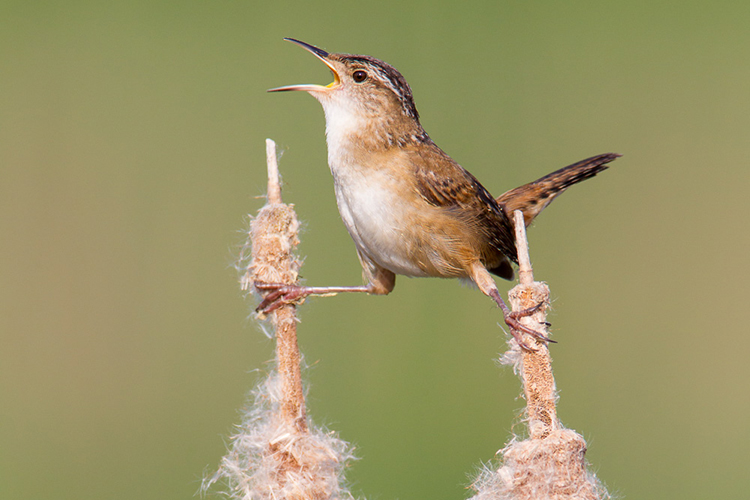Mass Audubon Board Member and Professor
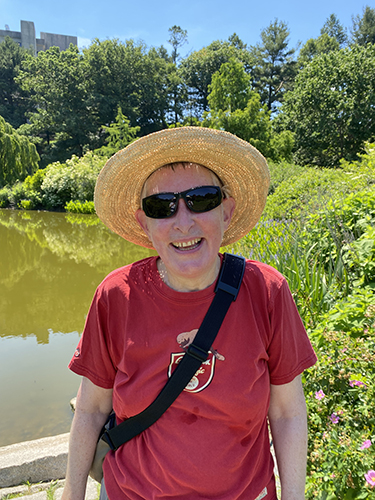
My mother always loved walking in nature. I wouldn’t say she was a birdwatcher, but she always fed the birds in the winter. It wasn’t until my older brother became interested in birdwatching that I started paying more attention to birds.
When I moved to Boston from Canada in 1984, I got one of those AMC books called Country Walks Near Boston. Several of Mass Audubon’s wildlife sanctuaries were included, such as Broadmoor in Natick and Drumlin Farm in Lincoln. That was my first exposure to Mass Audubon, and as an avid walker and birdwatcher, I thought I needed to join this organization.
For years, my involvement consisted of mainly visiting sanctuaries until about 2000. At the time, I worked as a professor of materials science and engineering at MIT. My wife, Jeannie, had been doing community service with her class at Harvard Medical School and suggested I do the same with my students.
I would give a few talks about birds to the class and then we would visit Boston Nature Center in Mattapan and work on a variety of projects with the staff. From there, I joined the Advisory Council and then the Board of Directors. Now that I’m retired, I have more time to dedicate to Mass Audubon. I currently sit on several committees including Design Review, Governance, and Engagement.
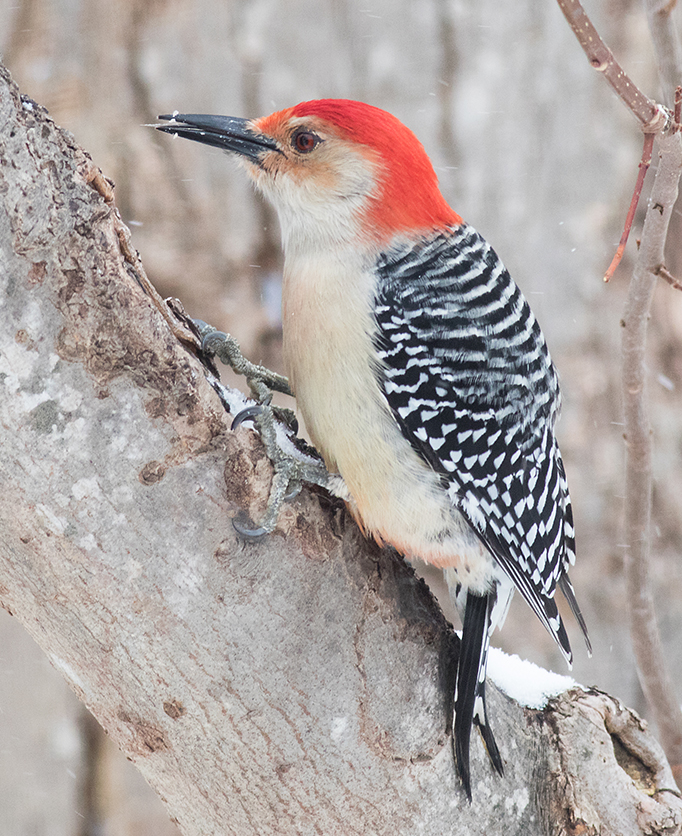
I just love Mass Audubon. I love all that they do with kids (camps, nature preschools, working in the schools), land conservation, and advocacy, too. And now with the Action Agenda and an increased interest in nature and birding, Mass Audubon is stronger than ever before.
I still love visiting Broadmoor, walking by the marsh on the boardwalk, where you see kids getting so excited to spot a frog or turtle. And I enjoy checking out new Mass Audubon properties, like the Magazine Beach Park Nature Center in Cambridge. Being out in nature, in places like Boston Nature Center, Broadmoor, or Magazine Beach Park, saved me during the past few years; it was my solace and my sanctuary.
To learn more about Lorna’s research, including how woodpeckers avoid brain injury, visit lornagibson.org/video.


